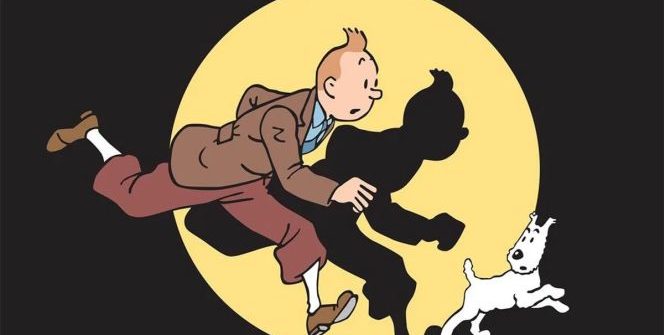A new year, a new set of characters has entered the public domain in the USA.
According to Title 17 of the U.S. Code, an anonymous, pseudonymous, or work-for-hire work enters the public domain 95 years after its creation. Thus, these works can be redistributed without copyright and new artistic elements can be created with them. One such character is Popeye the Sailor, who first appeared in 1929 as a supporting character in E.C. Segar’s comic strip Thimble Theatre. He entered the public domain on January 1, along with William Faulkner’s The Sound and the Fury and the first English translation of All Quiet on the Western Front (written by a German World War I veteran, Erich Maria Remarque). Another character who similarly entered the public domain is Tintin, who also debuted in 1929.
There is a twist, however. Only the earliest depictions of Popeye and Tintin are now in the public domain, so changes and features after 1929 are still protected by copyright. We saw something similar last year when the copyright on Steamboat Willie, Mickey Mouse’s first appearance, expired. While the face of the Mouse Empire has since been reimagined in horror games for streamers and overhead shoot-’em-ups, we can see that these reimaginings have carefully stuck to Mickey’s original aesthetic, rather than any of his later looks.
Popeye’s distinctive spinach habits, for example, weren’t established until 1931, so we can’t reference them in our own work yet… though there’s a chance that Popeye’s spinachy powers have been in the public domain for decades, thanks to a neglected copyright renewal, as discovered by Jennifer Jenkins and James Boyle, directors of the Duke Center for the Study of the Public Domain.
Copyrights are not so simple…while they may expire on Popeye’s first appearance, they do not expire on Popeye’s trademark. Copyright (which protects original creative works) has a limited term, but trademarks (which protect brand names, logos, and images) last as long as they are in use, and the Popeye trademark, currently owned by Hearst Holdings, has been in use since 1931. According to Jenkins and Boyle, the purpose of trademark protection is to prevent confusion between brands. For example, according to Jenkins and Boyle, any Popeye media we create is safe as long as the public does not believe our work is produced or sponsored by Hearst.
Either way, the situation could lead to some very interesting things in the future.
Source: PCGamer
















Leave a Reply